The best cities in PC gaming
Find your next city break here.
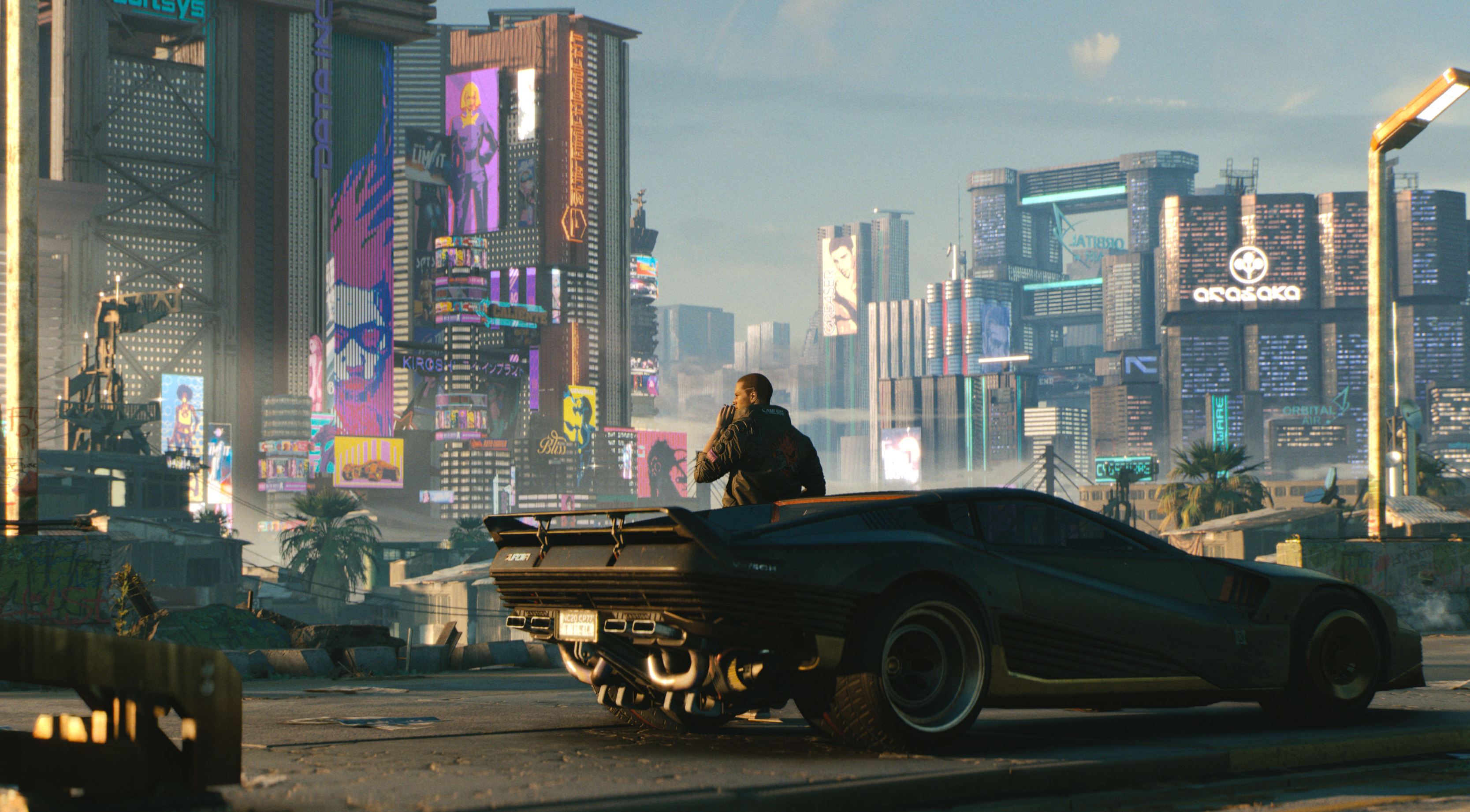
I love visiting asteroid belts, desert ruins and haunted forests as much as the next videogame tourist, but my destination of choice is always going to be a city. That's where the action is, amid the throngs of people and cacophony of urban life. Cities are just more interesting places. But there are so dang many of them. To make it easier to plan your next trip, I've put together a list of the best cities in PC gaming, 20 of them, so you're bound to find another scintillating destination.
To help you find your next holiday spot, I've split these cities into four categories. Below you'll find the best real cities, modern cities, sci-fi cities and fantasy cities. Have fun, make new friends, do some crimes and maybe blow one of them up? I won't judge you.
The best real cities
Edinburgh (Forza Horizon 4)
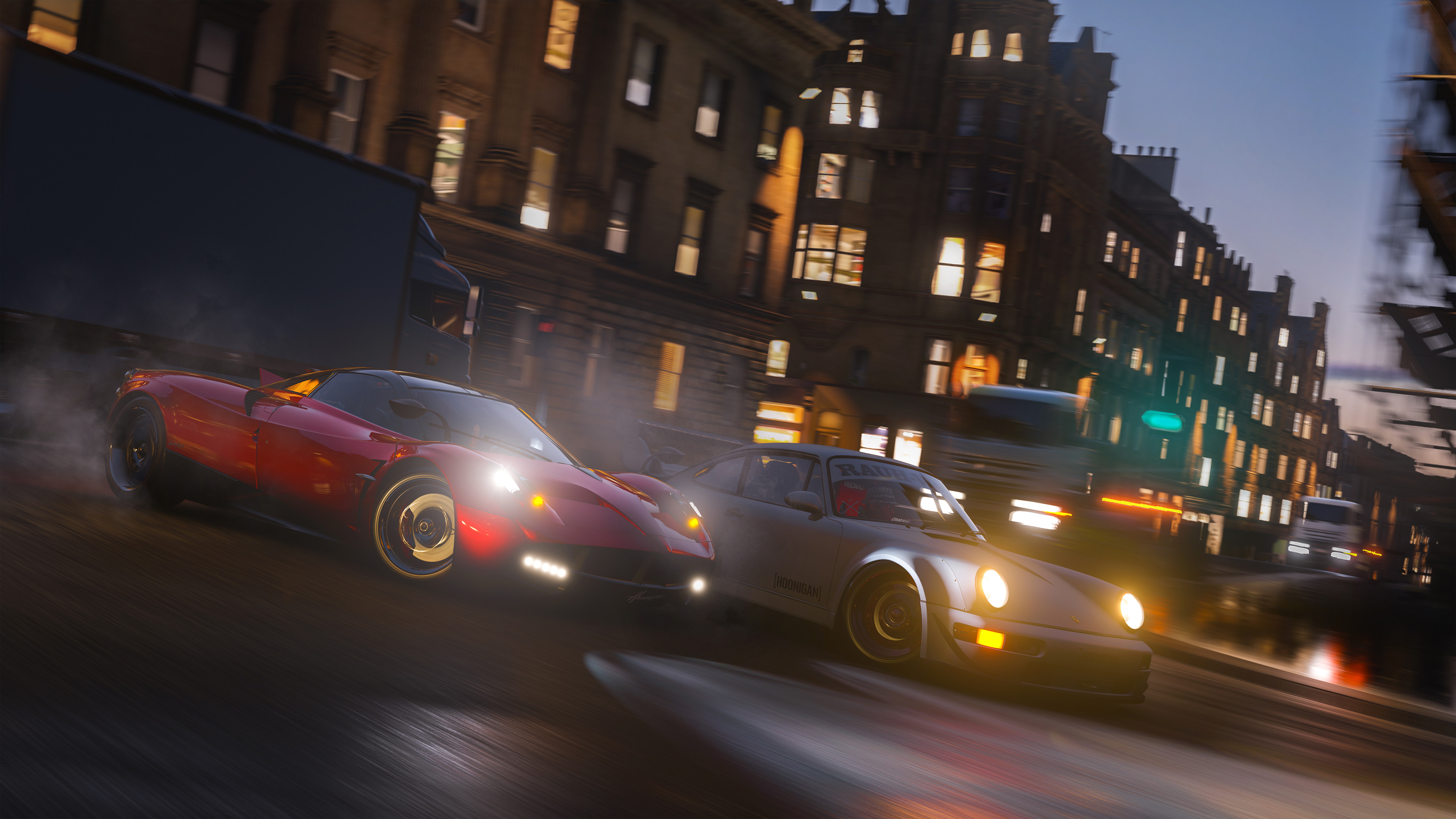
Release date: 2018 | Developer: Playground Games | Steam, Xbox
As a Scot, it's rare that I get to explore the cities I'm most familiar with in videogames, which is why I became so smitten with Forza Horizon 4. I lived in Edinburgh for 11 years, and Playground Games' attention to detail when recreating the Scottish capital is astonishing.
It's not a 1:1 recreation, but it's unmistakably Edinburgh. There's something quite magical about taking people on a tour and being able to point out some steps that I vomited all over during Edinburgh University's Fresher's Week in 2003, and it's a rare treat to bomb it down Princes Street without being stuck behind 30 buses. Plus, you get to race around a volcano named after King Arthur, and what more can you ask for?
Read more: The best levels, maps and locations of 2018
Hong Kong (Shadowrun: Hong Kong)
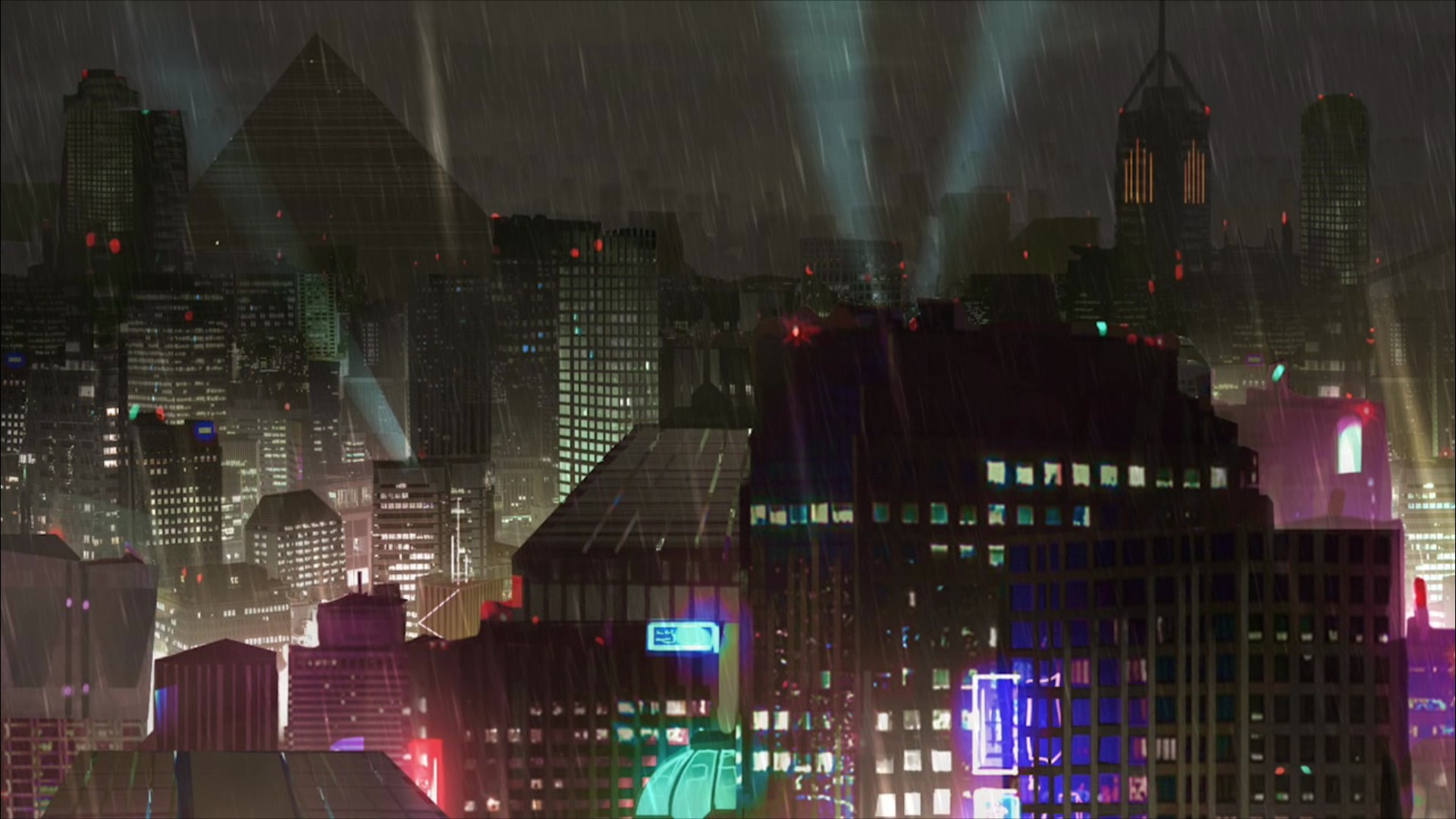
Release date: 2015 | Developer: Harebrained Schemes | Steam, GOG, Epic
Keep up to date with the most important stories and the best deals, as picked by the PC Gamer team.
Hong Kong has featured in several notable games, but the Shadowrun version will always be my favourite. The focus here is on the fate of the now demolished Kowloon Walled City, which has become a place of nightmares thanks to a magical experiment gone wrong; but you get to explore a lot more besides, from soulless corporate HQs to markets that bustle even when the hour is late—which it always it, because shadowrunners operate in the darkness.
The mix of magic and tech corporations that defines Shadowrun feels especially suited to a city like Hong Kong—it's one of the most advanced cities in the world, but it's also one that's in part defined by its melting pot of cultures and big juxtapositions. There might be orcs and elves and people slinging spells, but it still feels like a real, tangible place.
Read more: Shadowrun: Hong Kong is a perfect portrait of a cyberpunk city fighting for revolution
New York City (Unavowed)
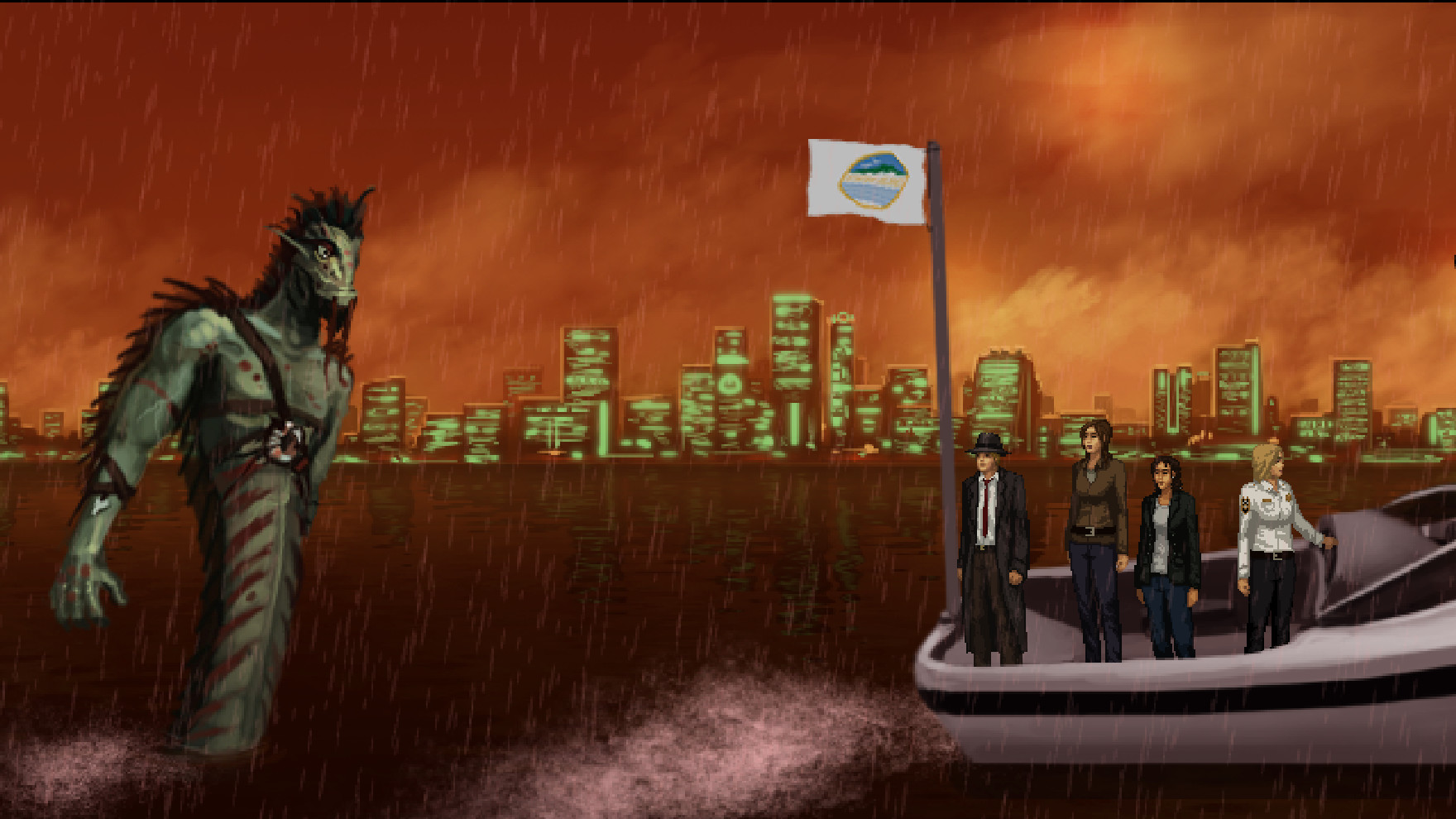
Release date: 2018 | Developer: Wadjet Eye Games | Steam, GOG
Even if you've not been to New York, you probably know more about it than any other city in the world, which is why I love Unavowed's more intimate portrayal. This is a version of the city designed to make you feel like a local, swapping its real-world counterpart's intimidating scale for a small selection of locations brought to life by Dave Gilbert's evocative prose and Ben Chandler's exceptional pixel art.
It's not the city you'll be familiar with—this one is steeped in magic and secret wars. Dragons live in Chinatown and Central Park is the domain of a vengeful nature spirit. Unavowed is one of the pinnacles of urban fantasy, and I can't think of a better city to set it in.
Read more: The best detective games on PC
Paris (Assassin's Creed Unity)
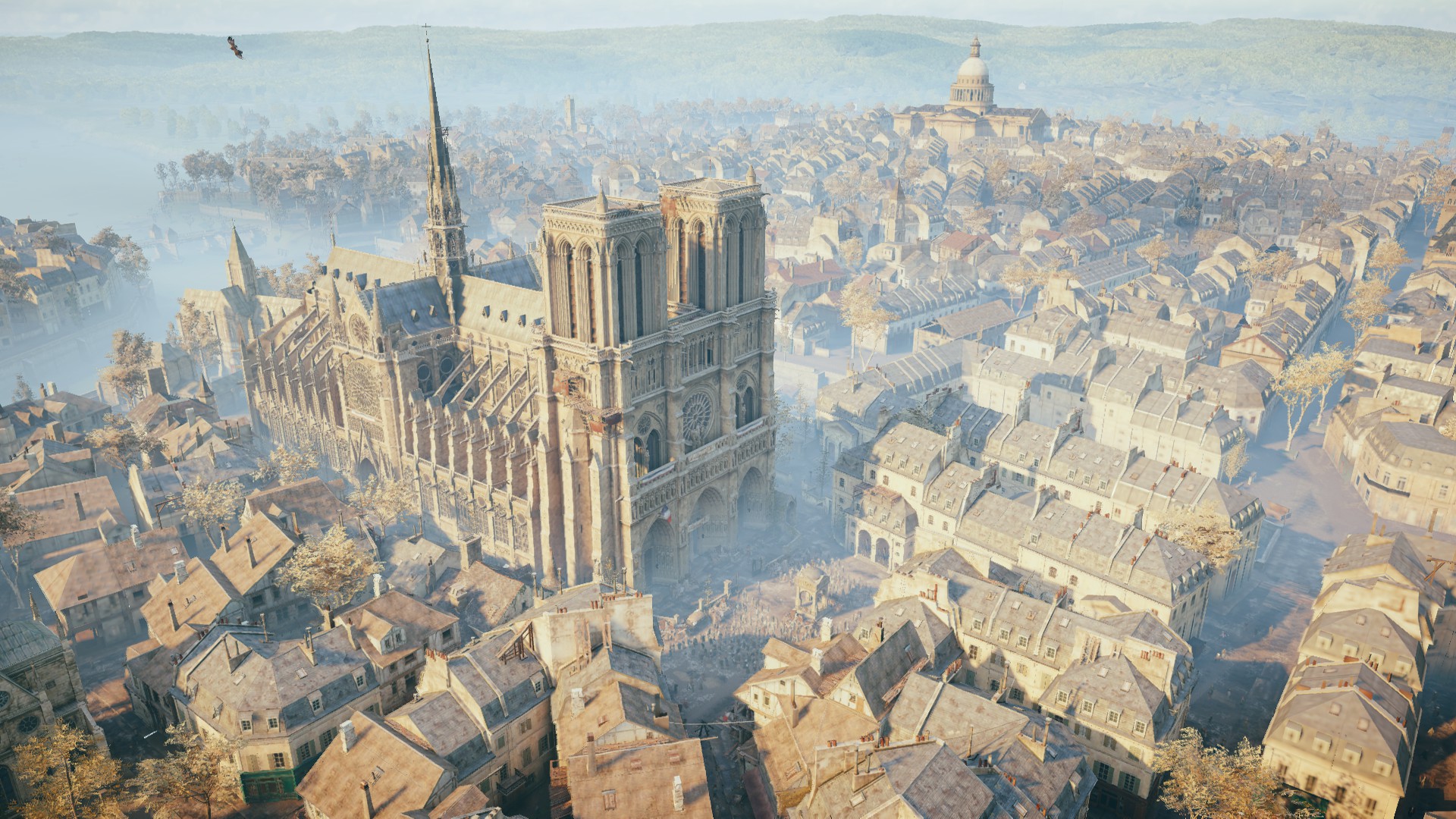
Release date: 2014 | Developer: Ubisoft | Steam, Epic, Ubisoft Connect
Assassin's Creed has taken us all over the world, but none of its cities can hold a candle to Unity's Paris. It's a city in turmoil, jam-packed with crowds and history. In the streets you'll find heaving, undulating masses of people, surrounded by monuments and cathedrals. It's a joy to explore, tragically undermined by horrendous performance issues at launch. The problems were so bad Ubisoft scaled back its crowds for Syndicate, and Assassin's Creed has never been as bustling again.
These days your PC should be able to handle it just fine, and the march of time hasn't made this digital tourist attraction any less impressive. Unity isn't the best Assassin's Creed, but Paris is by far its most compelling tourist destination.
Read more: Every Assassin's Creed game, ranked
The best modern cities
Gotham City (Batman: Arkham Knight)
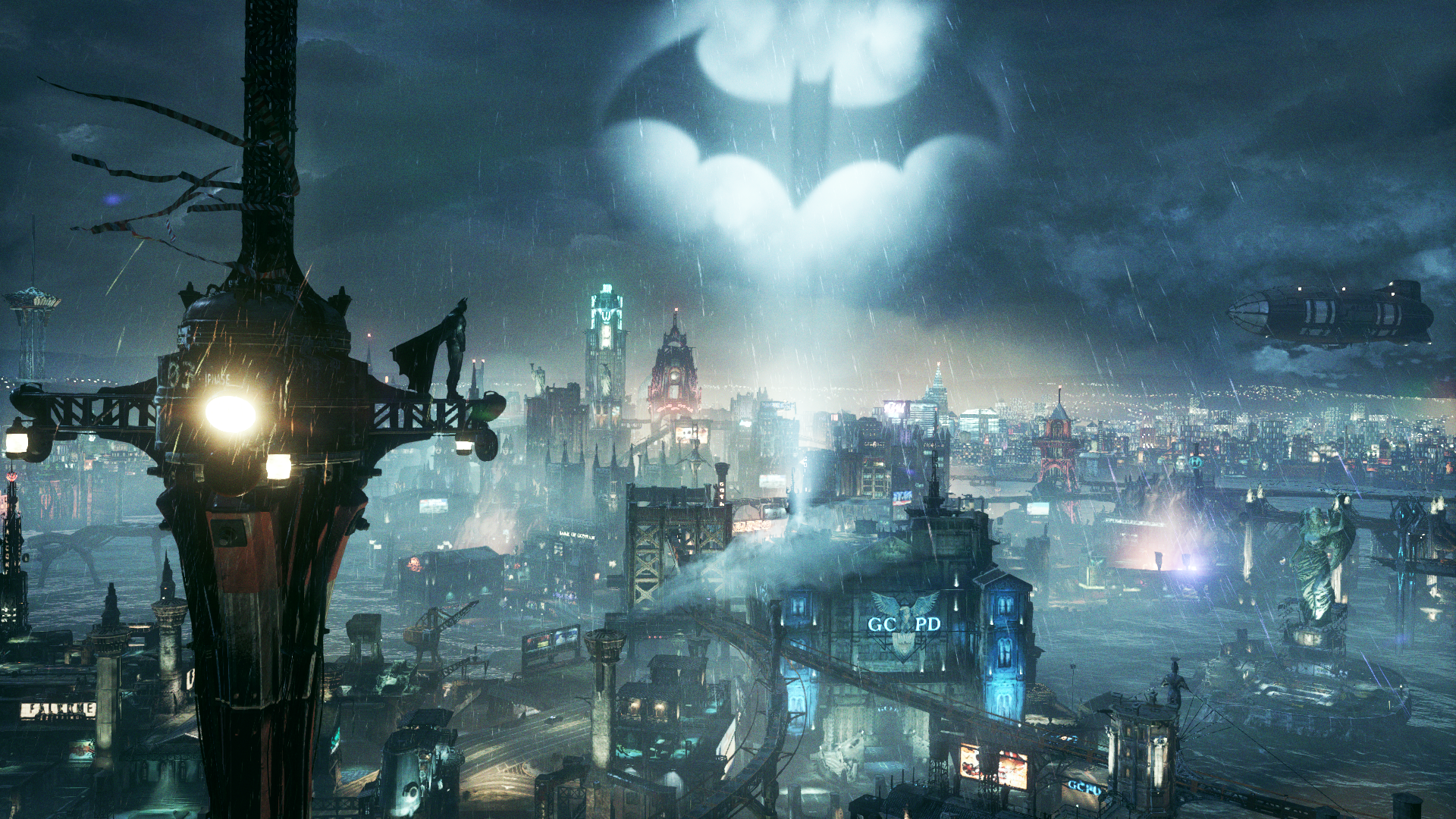
Release date: 2015 | Developer: Rocksteady Studios | Steam, GOG, Epic, Xbox
Rocksteady's Arkham series is impressive for a lot of reasons, but for me the real treat is getting to explore Gotham—something we get to do several times. I'm a fan of Gotham at Christmas, which we get to see in Arkham Origins, but that was designed by WB Montreal and suffers from Rocksteady's absence. The best of the bunch, then, is probably Arkham Knight's version of the Dark Knight's stomping grounds.
Every intimidating building has been carefully considered, filling the city with atmosphere and gloom. It's more a gothic art installation than a functional city, and that's fine, because most of its denizens have fled, leaving behind a warzone filled with criminals and supervillains. It's the perfect playground for DC's stoic hero.
Read more: Let's rank the Arkham games from worst to best
Revachol (Disco Elysium)
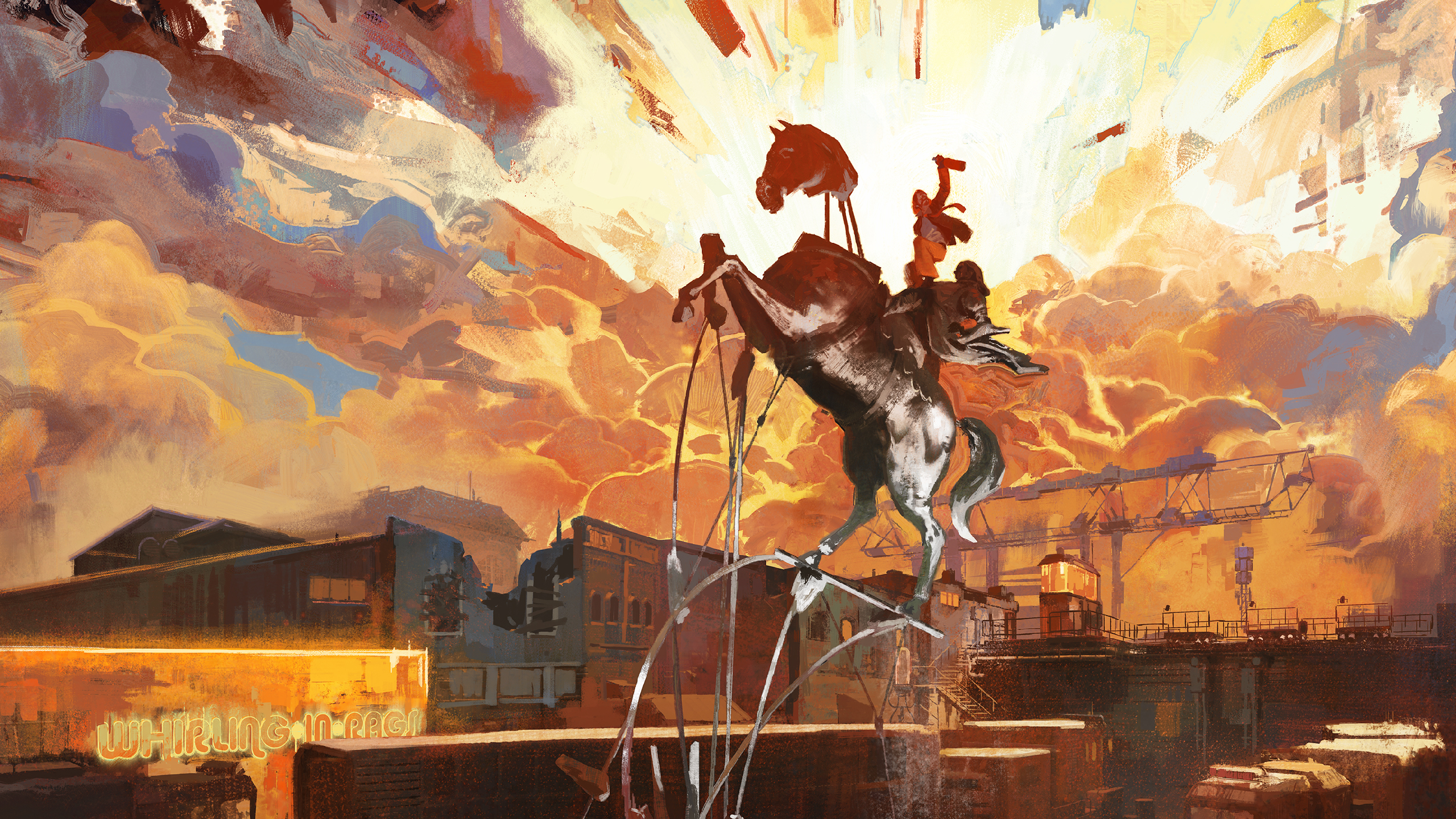
Release date: 2019 | Developer: ZAUM | Steam, GOG, Epic, Xbox
Revachol is the most tangible city that has never existed. An amalgam of old European towns, it feels like a place you've maybe already visited, drenched in history, clashing cultures and a big dose of post-war trauma. But it is simultaneously unique, spitting out stories and history lessons you've never heard before.
The section of the city we actually get to explore as a hungover detective is small, but this is a strength, allowing us to quickly become familiar with the streets and its eccentric denizens. It's a striking place, but the people carving out a life there are of greater interest, and it's through the experiences they share that we get to see its true face.
Read more: No other game comes close to Disco Elysium
Los Santos (GTA 5)
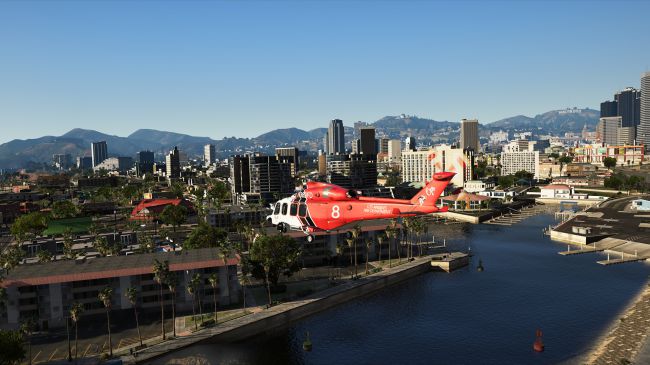
Release date: 2015 | Developer: Rockstar North | Steam, Epic, Xbox
Rockstar's parody of LA, which prospective criminals can explore in both GTA: San Andreas and GTA 5, is a hazy metropolis full of juxtapositions, where extreme poverty and opulent wealth sit side by side. The glamour of Hollywood (Vinewood in GTA's universe) and rampant crime make it perfect for a crooked, satirical misadventure, and Rockstar makes the most of this setup.
Thanks to GTA 5, it's also the first GTA city that we get to experience in first-person, which really puts the scale of this criminal playground into perspective. Little touches, like how sunglasses or motorcycle helmets augment your vision with subtle tints, ramp up the realism, and even years later there isn't a city that feels this true to life.
Read more: GTA's greatest controversies
The best sci-fi cities
City 17 (Half-Life 2)
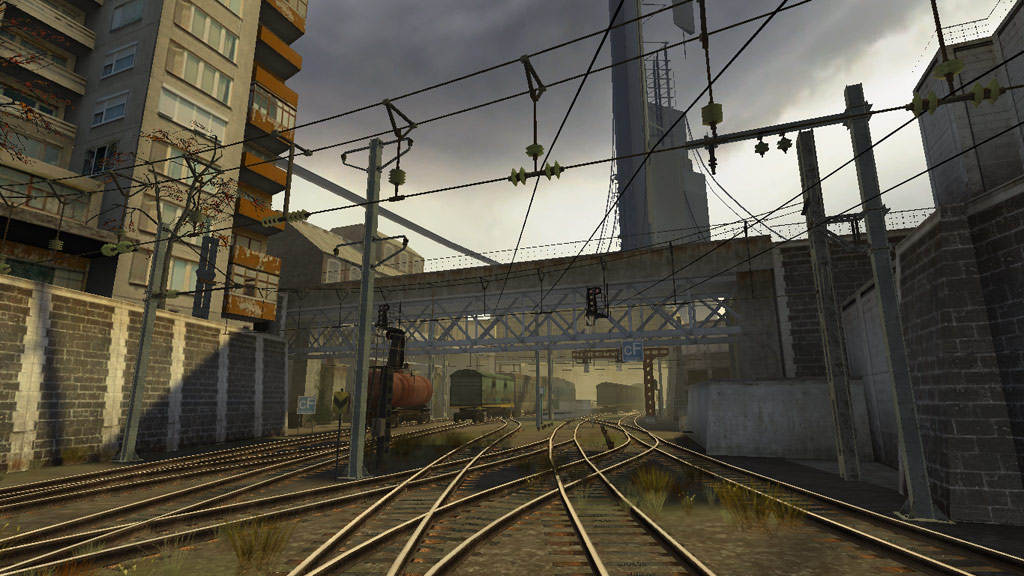
Release date: 2004 | Developer: Valve | Steam
City 17 remains one of PC gaming's greatest dystopias, largely because it looks like a real place rather than a piece of sci-fi concept art brought to life. Despite the dilapidation, looming tower and armoured goons, there's beauty to be found in the historic and brutalist architecture, even if it's not a place you'd want to book a holiday.
As quiet Gordon Freeman, you get to explore its eerily empty squares, ruined interiors, dirty waterways and even beyond the city limits, in the famously spooky Ravenholm. Absent a chatty protagonist, the environment does much of the heavy lifting narrative-wise, sharing the countless tragedies that have befallen the residents and refugees. So yeah, not a cheery place, but boy is it a fascinating one.
Read more: The biggest leaks in PC gaming history
The Citadel (Mass Effect Legendary Edition)
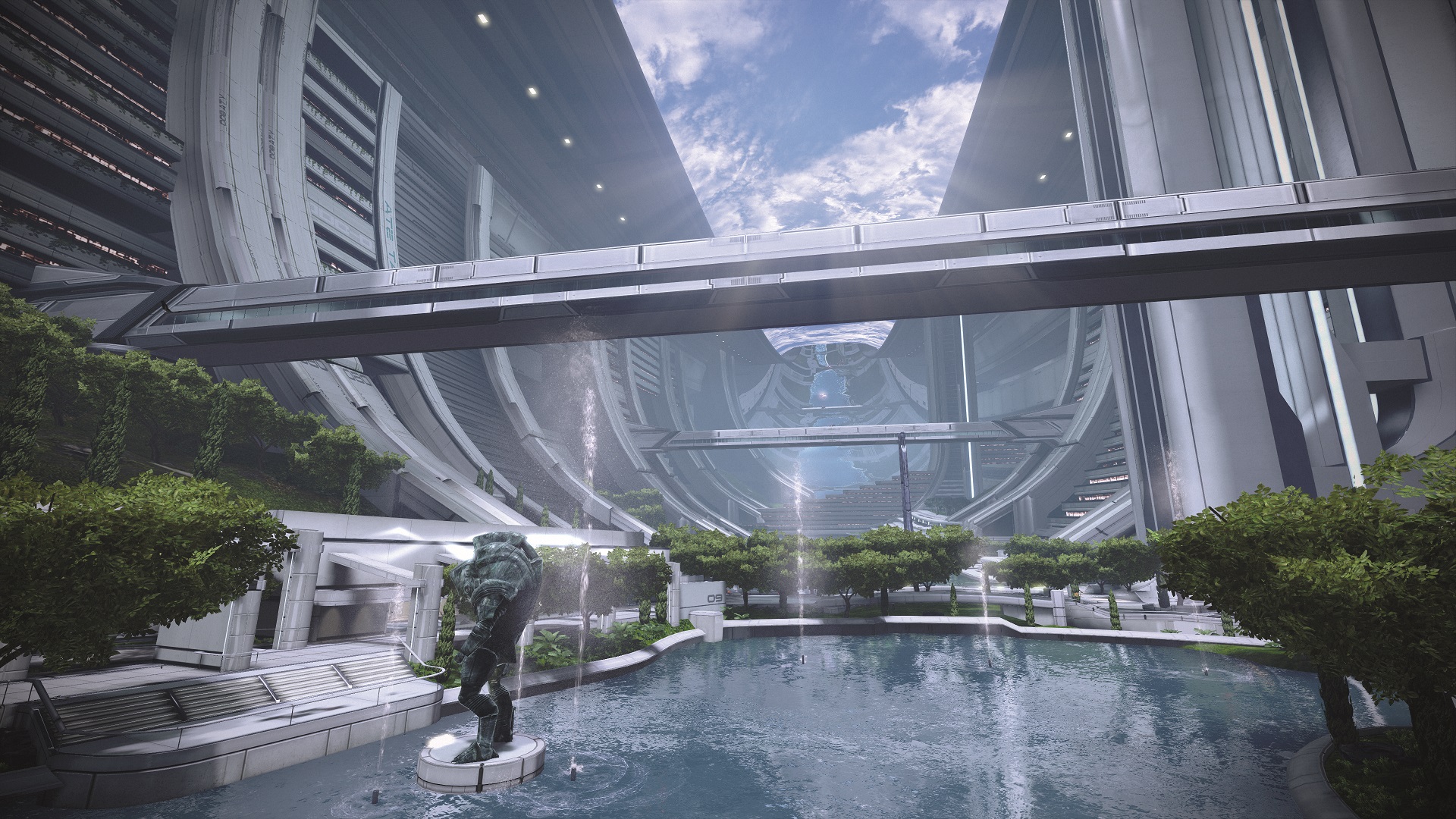
Release date: 2021 (originally 2007) | Developer: BioWare | Steam, Epic, Xbox
Mass Effect's Citadel is a utopian dream where the space-faring species of the Milky Way come together to trade and learn or just go clubbing. At least on the surface. But the more you learn about the beautiful but sterile space station that serves as the heart of the galaxy, the more you'll realise that it is not what it seems.
The enigma that is the Citadel takes three games to be unravelled, but there's plenty to do before you get to see it for what it really is. The first Mass Effect gives us the best opportunity to explore it, right near the start of the game, and then whenever you want afterwards. Here, the galaxy comes to you, letting you find your feet as a new Spectre and giving you a crash course on the future.
Read more: Mass Effect 1 Legendary Edition review
Megaton (Fallout 3)
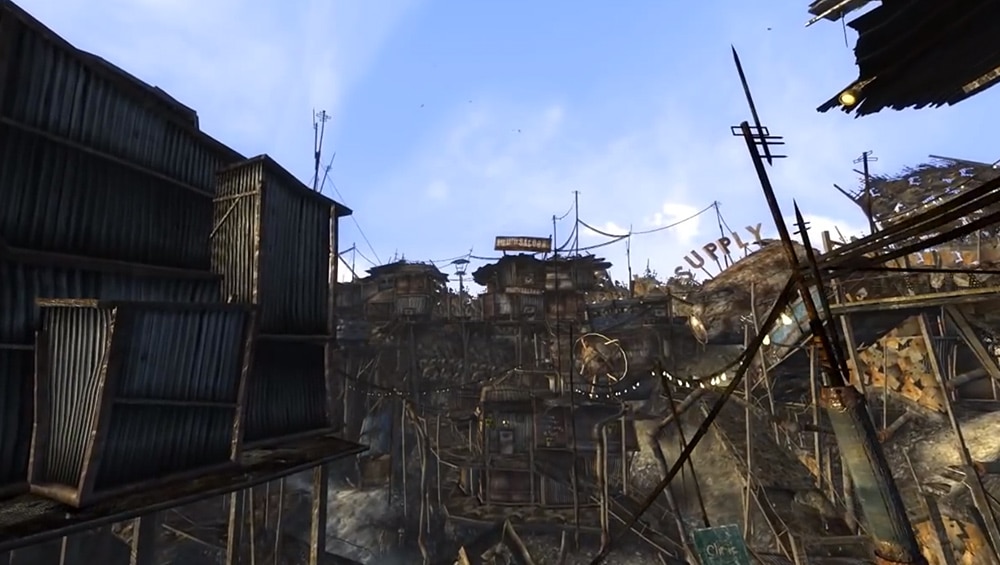
Release date: 2008 | Developer: Bethesda | Steam, GOG, Epic, Xbox
Megaton is a bit of a shithole, but then so are most settlements in Fallout 3's wasteland. It's the first settlement you'll encounter after you leave your once-pristine vault, and the grottiness stands in sharp contrast to the life you led before you left your underground sanctuary. But this ramshackle town is not without its charms, as well as a big moral choice that serves as one of your character's defining moments.
See, there's a nuke at the centre of the town, and some rich assholes holed up in a fancy tower want you to activate it, to stop Megaton from spoiling their view. It doesn't get much more Fallout than nuking a town for the pettiest of reasons. Sports fans might prefer Diamond City, and gamblers will probably have more fun in New Vegas, but nothing defines Fallout's modern era quite like Megaton.
Read more: Fallout vaults, ranked from worst to best
Midgar (Final Fantasy 7 Remake)
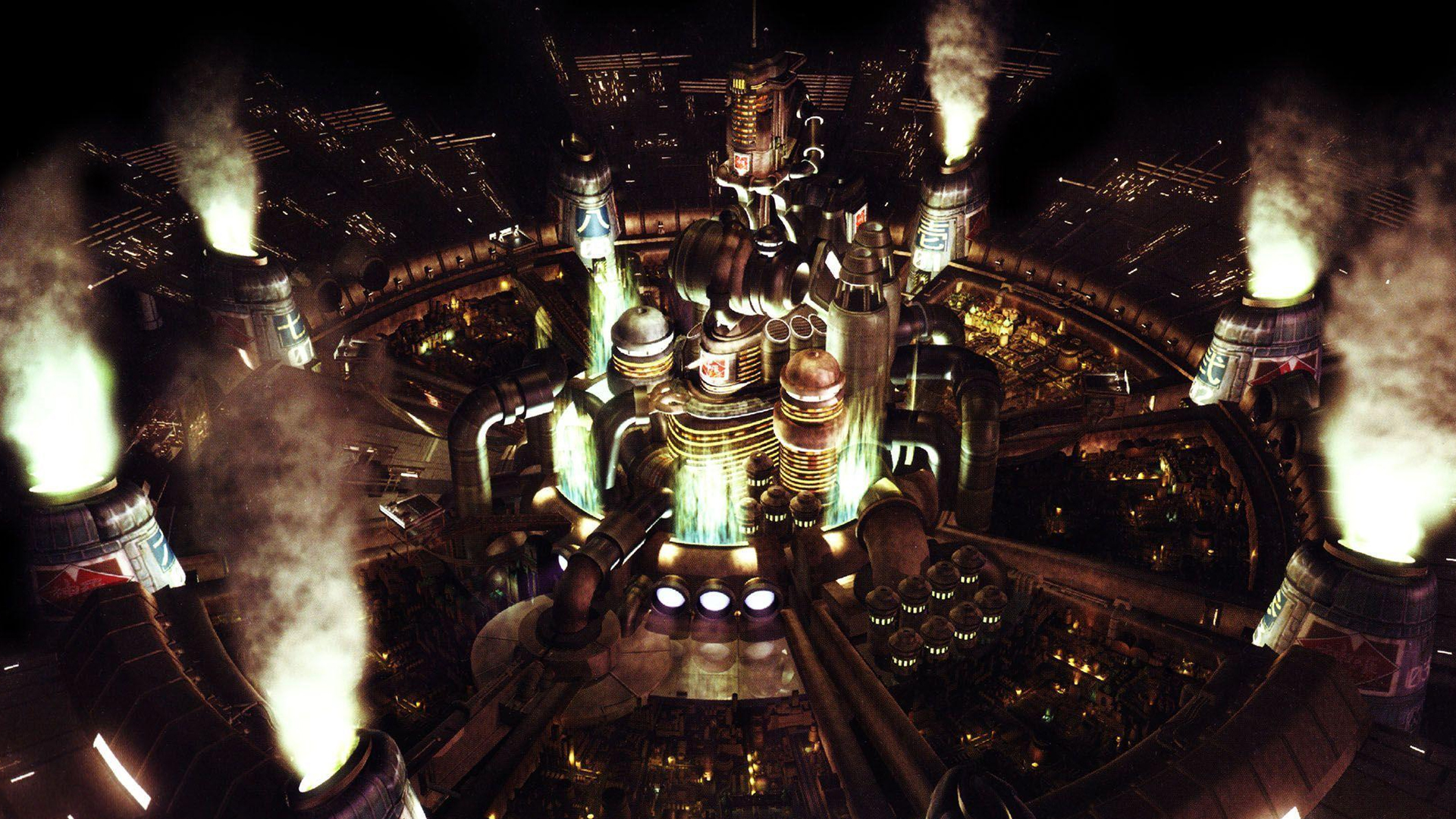
Release date: 2021 | Developer: Square Enix | Steam, Epic
Few series can boast such an impressive array of cities as Final Fantasy, but FF7's Midgar is so great they built it twice. Easily the most iconic location of the PS1 classic, the city ruled by the Shinra Power Company was given even more love in FF7 Remake, where Cloud and pals spend the whole game.
While FF7 Remake wasn't able to capture what made me fall in love with the original a million years ago, Midgar is still an incredible visual achievement. From the lively slums, you can look up at the city above, suspended on a platform, and shake your first at Shinra and the wealthy residents who get to live up there. It's more like multiple cities, full of stark contrasts and vastly different vibes. It's a symbol of capitalism and exploitation, but the sights make it worth a visit.
Read more: Final Fantasy 7 Remake PC review
Night City (Cyberpunk 2077)
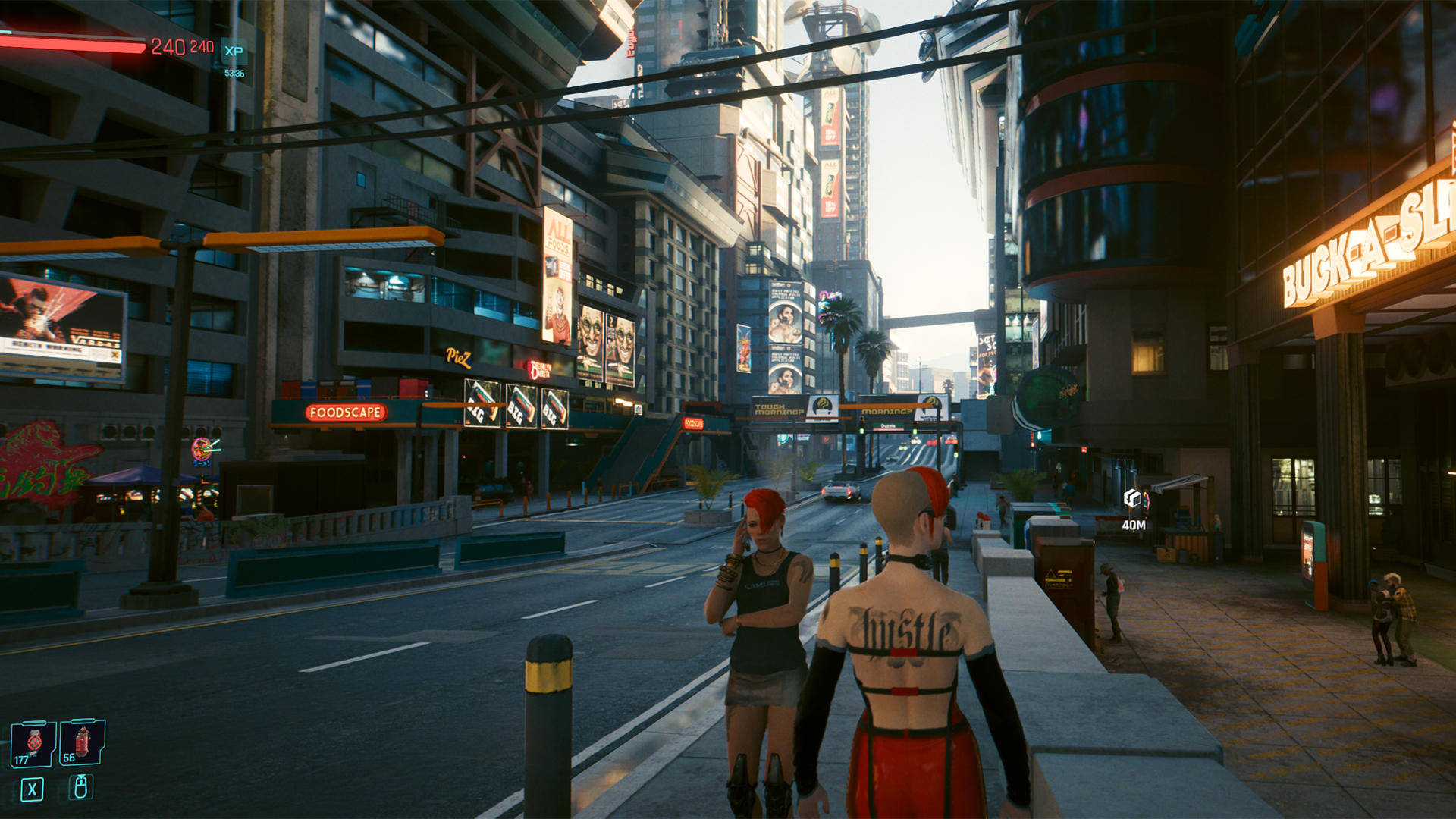
Release date: 2020 | Developer: CD Projekt Red| Steam, GOG, Epic, Xbox
Even when Cyberpunk 2077 was at its buggiest, right after launch, I was still enraptured by Night City. It's a corporate dystopia, but one smeared in kaleidoscopic colours lit up by the desert sun during the day and the abundance of holograms and neon at night. Look up and you'll see spires built on greed piercing the heavens, and the occasional flying car, but there's just as much to gawk at below, hidden away in its multitude of nooks and crannies.
One minute you'll be speeding through the desert outskirts, weaving in between giant corpo farms; the next you'll be in a swanky penthouse, doing security for a wealthy politician and soaking up some of the best views in Night City. Walk down a random, dingy alley and who knows what you'll find. Crooks making a deal? A fat wad of cash and a new gun? A sentient vending machine? It's never boring.
Read more: The best mods for Cyberpunk 2077
Rapture (BioShock)
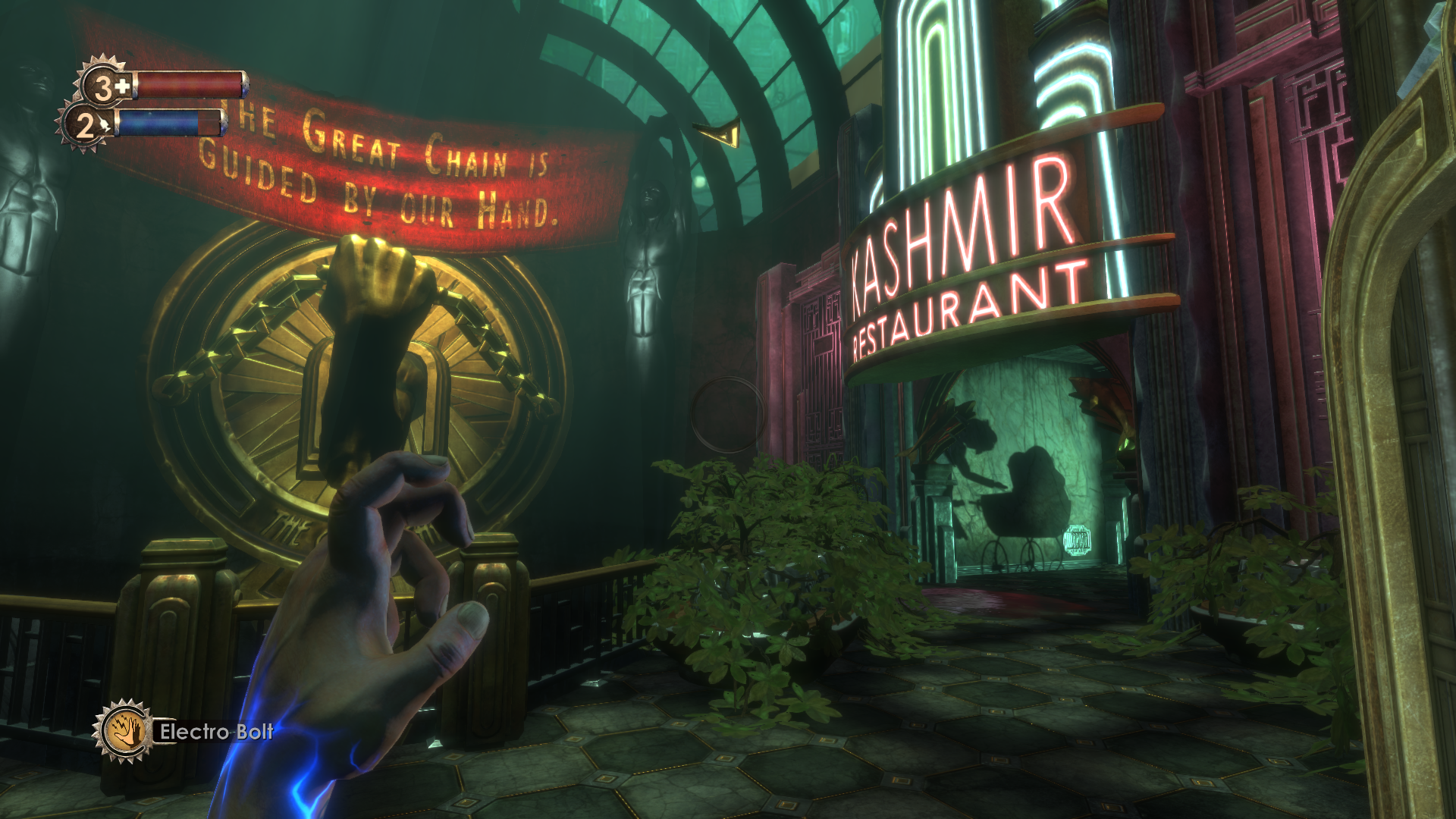
Release date: 2016 (originally 2007) | Developer: Irrational Games/Blind Squirrel (remaster)| Steam, GOG, Epic, Xbox
Rapture is the objectivist philosophy made manifest—a city underwater not beholden to governments or religions, where the so-called best of the best can thrive. That was the pitch, anyway. When you arrive, it's a ruined nightmare patrolled by unhinged killers and terrifying monsters: the iconic Big Daddies. That's what you get for reading nonsense like Atlas Shrugged.
It's a grandiose place decked out in art deco accoutrements, and that fallen beauty makes the horror all the more palpable. The environmental storytelling is far from subtle, but it remains extremely effective, and few other games can boast such a confident pairing of setting and theme.
Read more: Netflix is making a BioShock movie
The best fantasy cities
Athkatla (Baldur's Gate 2: Shadows of Amn)
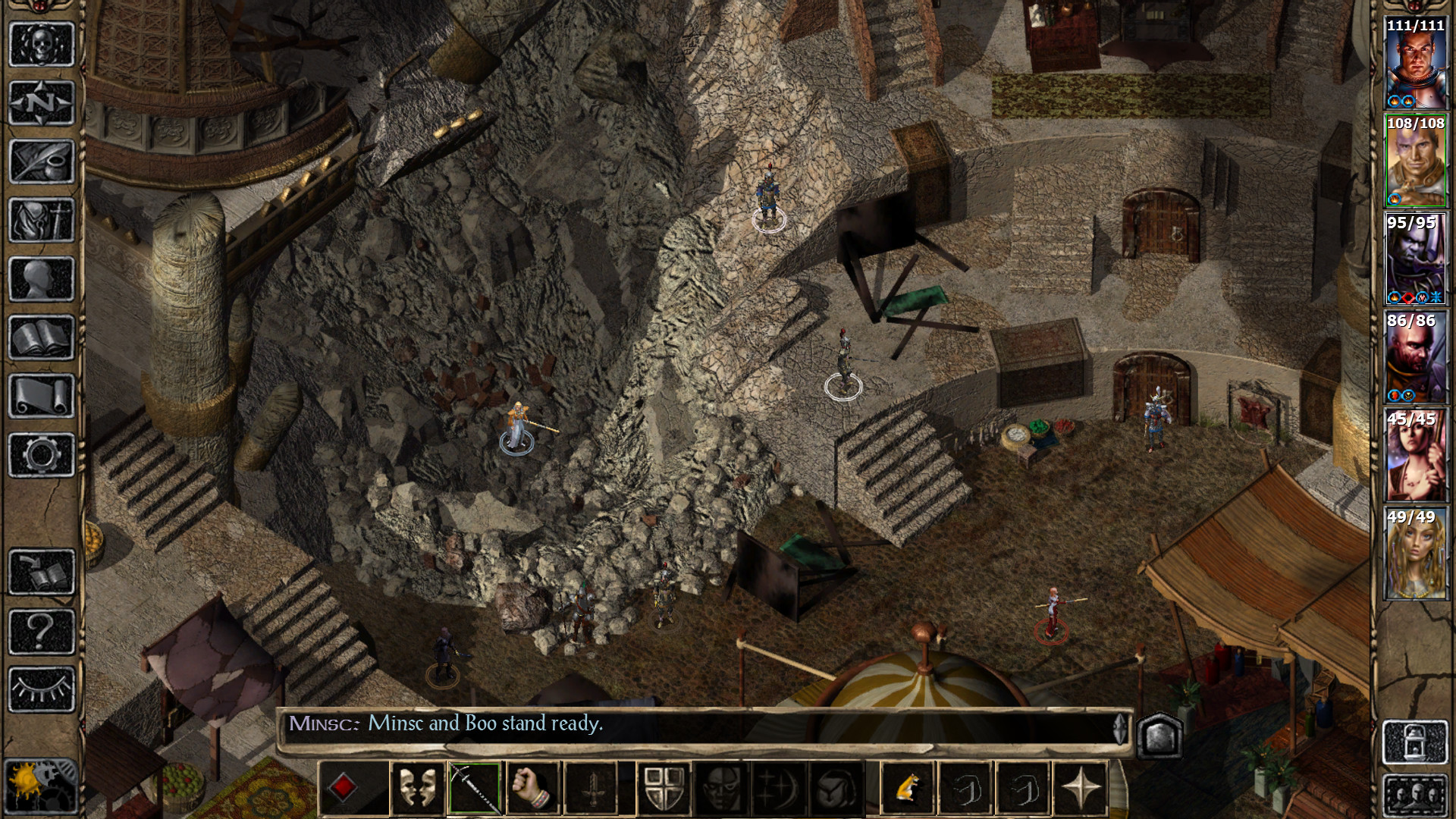
Release date: 2013 (originally 2000) | Developer: Black Isle Studios/Beamdog (remaster)| Steam, GOG, Epic, Xbox
Baldur's Gate 2 still contains one of my favourite videogame introductions. You've been kidnapped and imprisoned, one of your friends is dead, and when you finally escape your dungeon after a multitude of harrowing encounters, you burst out into the sun right in the middle of Athkatla's busy Promenade. Your captor and best friend are promptly arrested for using magic, and from there the city—massive and teeming with quests—is yours to explore. It's quite the dramatic entrance, worthy of a dramatic city like Athkatla.
The pre-rendered environments felt like a revelation all those decades ago, and thanks to the Enhanced Edition the city is still rich in eye candy. It's the scale, though, that I find most striking. Everything just feels absolutely massive compared to your little heroes (especially if your party is 100% gnomes). Outside, you're surrounded by towering temples, statues and a bridge so big it contains an entire district. Walk indoors and the buildings are even larger, Tardis-like, their cavernous interiors threatening to swallow you whole. There are serial killers to hunt down, plays to put on and vampires to slay, if only you could stop visiting the city's many tourist attractions and drooling on their pristine mosaic floors.
Read more: The history of Baldur's Gate
The City (Thief: The Dark Project)
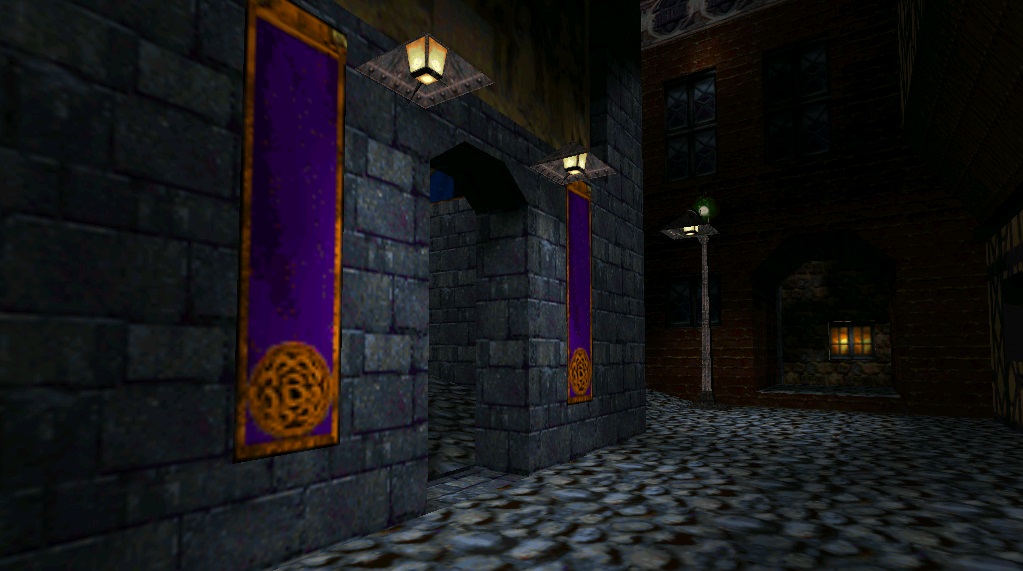
Release date: 1998 | Developer: Looking Glass Studios| Steam, GOG
The City is a haunted place, always witnessed at night, where thieves do their best work, and mostly devoid of life—aside from the odd chatty guard. As Garrett, you don't get to explore it freely until the third game, Deadly Shadows, but for the first two games it remains a tantalising enigma, with each mission slowly unfurling its mysteries.
It's a place where religion and industry collide in unexpected ways, creating a city that's medieval but equally as evocative of the Industrial Revolution. A city of magic and machinery. And horror. There are undead barricaded in a forsaken district, and it's not just those unfortunate souls who have been forgotten: there's another ruined city buried underneath the streets. It's a maze full of secrets, and there isn't a better playground for a burglar.
Read more: In 1998, Thief: The Dark Project defined the stealth game
Dunwall (Dishonored)
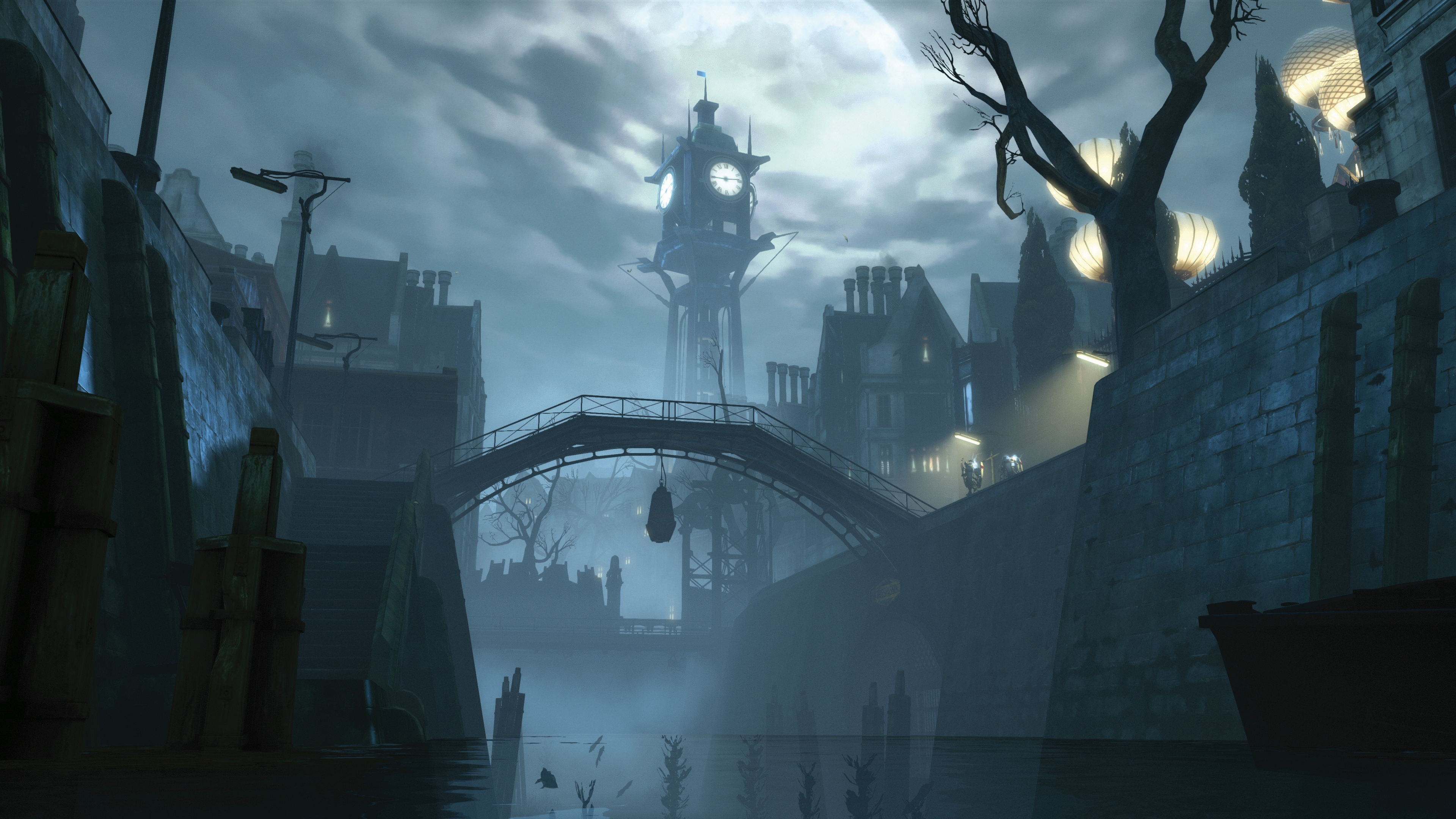
Release date: 2012 | Developer: Arkane Studios| Steam, GOG, Epic, Xbox
Dishonored's Dunwall is often slapped with the steampunk label (or occasionally whalepunk, on account of whale oil driving the city's industry), but that description doesn't do the bizarre, Victorian-inspired city justice, with its carefully considered world-building and powerful art direction. It's a city in the grip of an authoritarian regime and a dark mythology, and one that's under siege from sickness and ravenous rats. It's rotting from the inside, and the portents are very much of the apocalyptic variety. It can be spectacular and hideous simultaneously, just as it's both familiar and unnervingly alien. And these juxtapositions sit comfortably next to each other, creating a cohesive place.
As Corvo, you get unparalleled access to it, teleporting from roof to balcony to street level. Even the horrible rats can help you further your exploration of its labyrinthine streets and buildings, as you possess them and slink through their tiny shortcuts. With your abilities and the setting working in tandem, exploring Dunwall is a singular experience. Dishonored 2 upped the ante in most respects, resulting in the best game Arkane has ever made, but Dunwall itself has yet to be dethroned.
Read more: Bethesda finally confirms it: Deathloop is a Dishonored game
Novigrad (The Witcher 3: Wild Hunt)

Release date: 2015 | Developer: CD Projekt Red| Steam, GOG, Epic, Xbox
After trekking through marshes and fighting drowned monsters and hags, making it to The Witcher 3's Novigrad is a big relief. Civilisation, at last! But Novigrad is really another kind of wilderness, just waiting for a witcher to start hunting down things that lurk in the dark. Though it's undeniably a striking, detailed fantasy city, it feels more grubby and lived in than Blood & Wine's stunning Toussaint capital Beauclair, but that's part of the appeal.
It's the quests, though, that make this a place you absolutely need to visit. There's no dearth of intrigue, fights and even a properly great murder mystery, keeping you endlessly occupied during your visit. There's just so much going on, all of it fascinating, that it's always a shame when you ride out of its gate and back into the marsh. Thankfully, you can return whenever you want, grab a drink, listen to some bards and maybe catch up with your pal Dandelion.
Read more: The Witcher 3 next-gen update reveals improved graphics and a long-overdue photo mode
Sigil (Planescape: Torment)
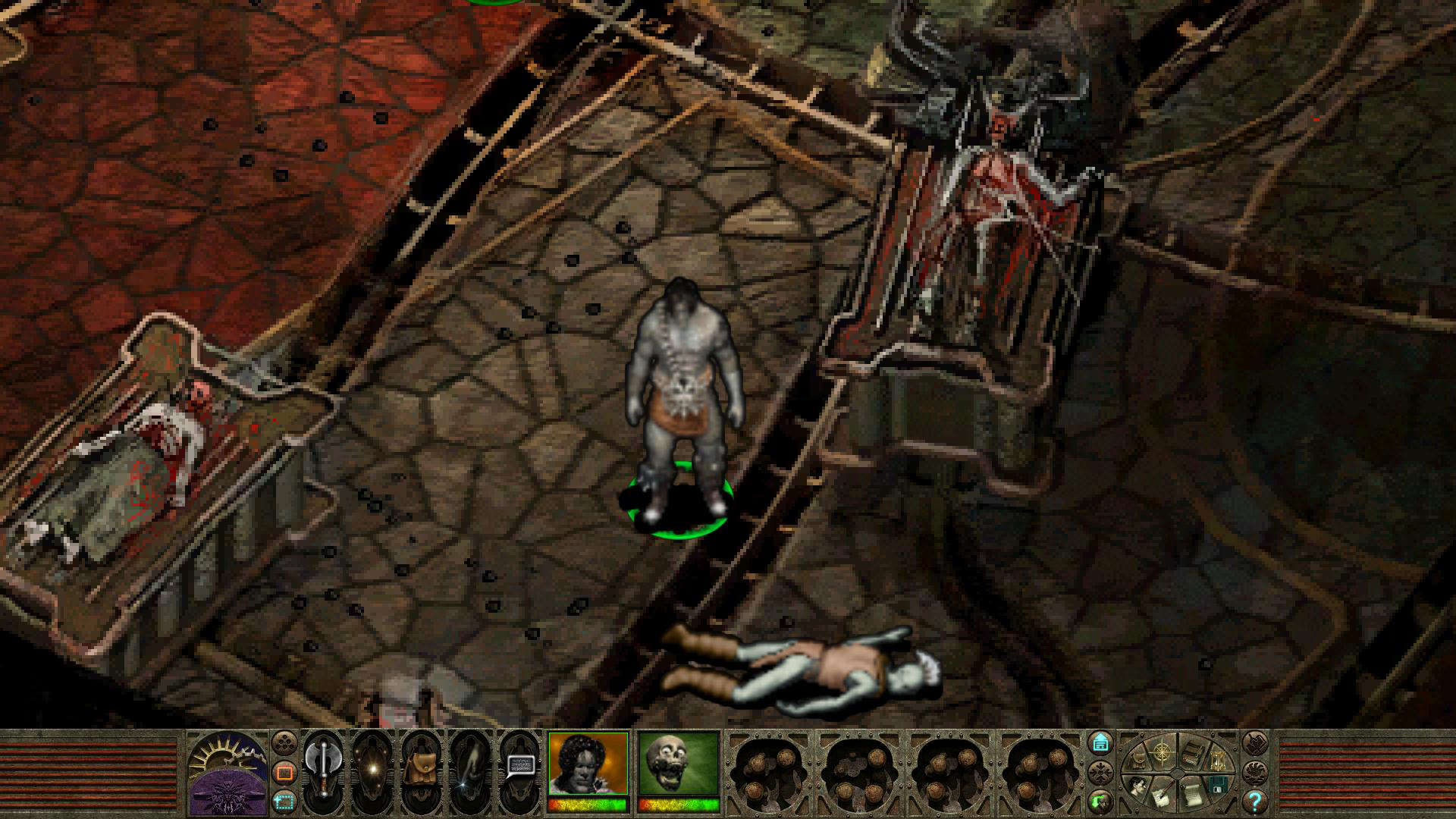
Release date: 2017 (originally 1999) | Developer: Black Isles Studios/Beamdog (remaster)| Steam, GOG, Epic, Xbox
Sigil is a singular city that defies you to not be impressed. The City of Doors sits at the crossroads of D&D's multiverse, where devils and angels and all sorts of weird planar beings take a break from their constant wars to have a drink, join a club or get up to no good. It bubbles with potential, conjuring up some of the most unique and enticing quests to ever grace an RPG.
It's the most alien city in this list—the sort of place where you can walk into a bar that features a perpetually burning (but still very much alive) man at its centre, which nobody finds weird. The sort of place where, if you're given a box to deliver, you might really be carrying the prison of a huge, gelatinous fiend. It revels in the weird and unusual, and there continues to be no other place like it.
Read more: Hero modder spends 3,000 hours translating Planescape: Torment into Japanese
Thunder Bluff (World of Warcraft)
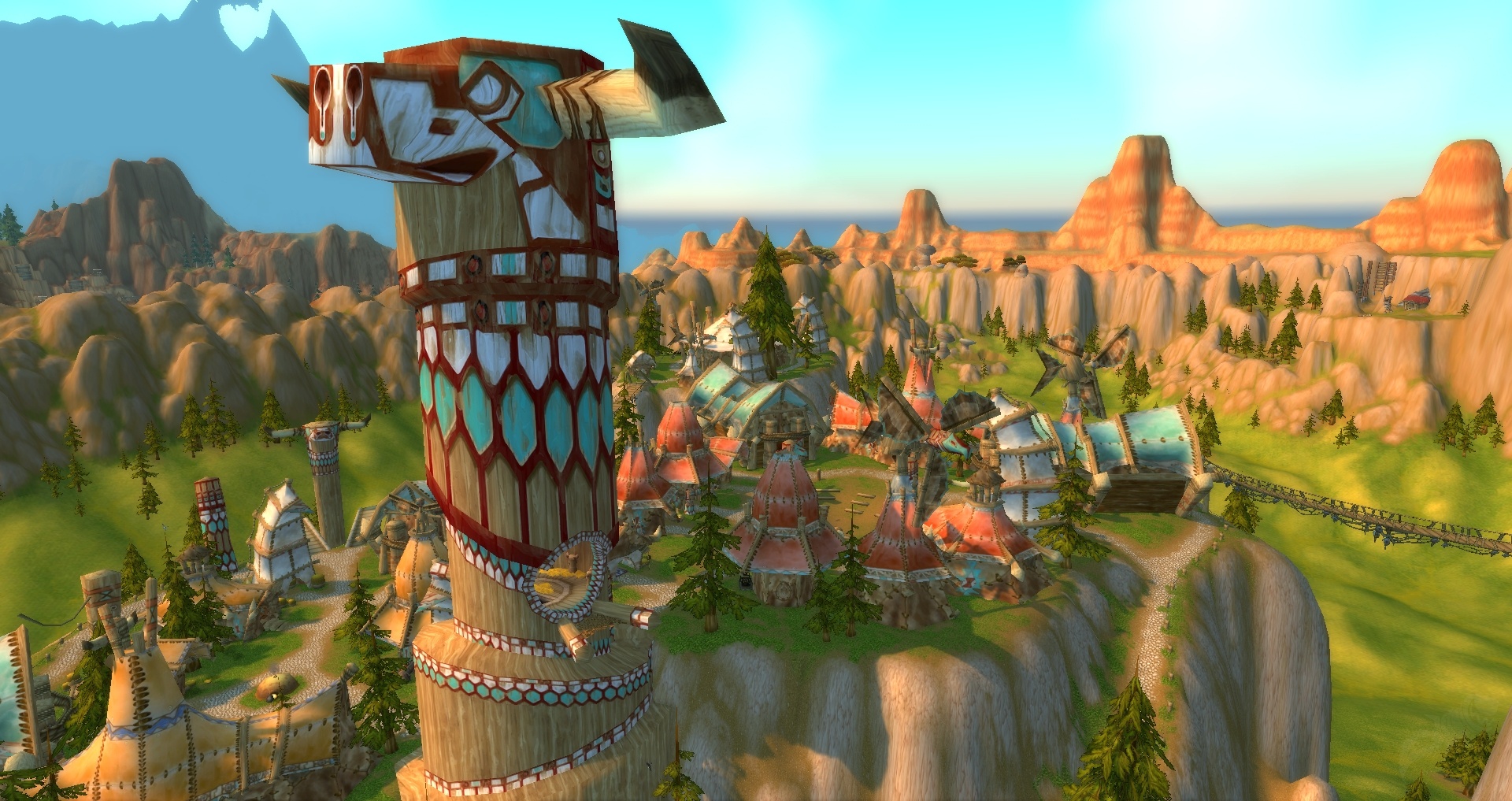
Release date: 2004 | Developer: Blizzard| Battlenet
Aside from Stormwind and Orgrimmar, World of Warcraft's capitals no longer draw in the crowds, despite them all being impressive in their own right. It's the Tauren capital of Thunder Bluff, however, that continues to impress me the most, towering as it does above the cow-folk's verdant plains.
Built on top of a series of huge mesas, with each section connected by precarious wooden bridges, it's not the sort of place you'll want to visit if you've got a serious case of vertigo, but everyone else should book a trip. And even with the huge totems and its noteworthy verticality, it's the most welcoming of all WoW's cities. It's a warm, inviting place, in stark contrast to the more militant or overtly grandiose capitals that dot Azeroth and beyond.
Read more: In day one of World of Warcraft: Dragonflight, players are just very happy it isn't Shadowlands
Vivec City (The Elder Scrolls 3: Morrowind)
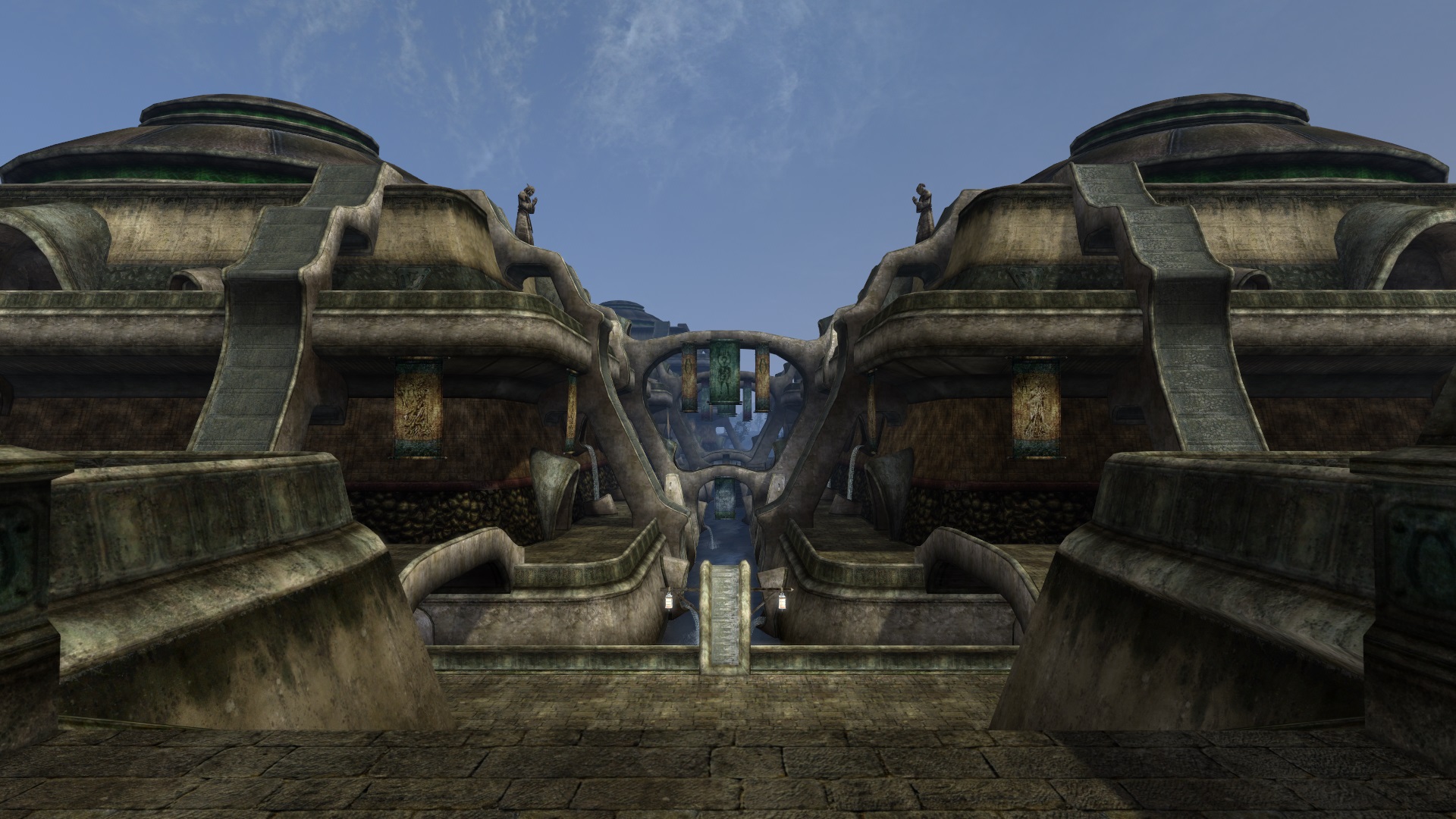
Release date: 2002 | Developer: Bethesda| Steam, GOG, Xbox
Named after Morrowind's god-king and warrior-poet, Vivec City really captures the strangeness of The Elder Scrolls' most unusual region. The city is split up into cantons sitting in the water, each looking like a mix of a pyramid and an ornate tortoise shell, connected to each other by arched bridges at the ground floor and upper level. It's epic in scale and gloomy in vibe, full of massive spaces you can explore top to bottom, right down to the sewers.
You'll find everything you need in Vivec, and while it's easy to get lost and will take you ages to properly investigate, even if you're using the gondolas, the experience is worth it. The series has conjured up some very fancy cities since, but nothing comes close to matching the impeccable art direction and thick atmosphere of this bizarre place.
Read more: A massively ambitious 20-year-old Morrowind mod adds two major new regions

Fraser is the UK online editor and has actually met The Internet in person. With over a decade of experience, he's been around the block a few times, serving as a freelancer, news editor and prolific reviewer. Strategy games have been a 30-year-long obsession, from tiny RTSs to sprawling political sims, and he never turns down the chance to rave about Total War or Crusader Kings. He's also been known to set up shop in the latest MMO and likes to wind down with an endlessly deep, systemic RPG. These days, when he's not editing, he can usually be found writing features that are 1,000 words too long or talking about his dog.

